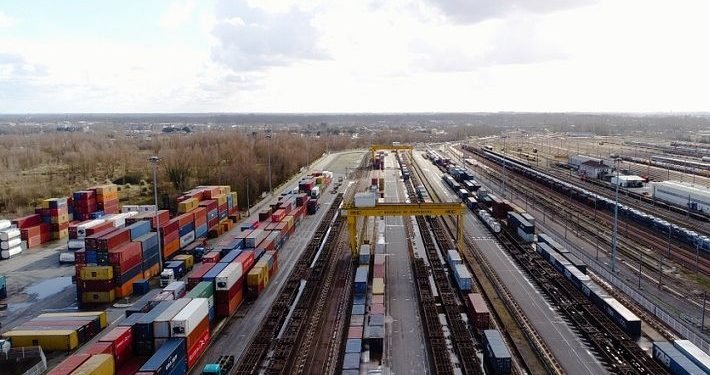By Eva Richardson | The Logistic News
Europe’s road freight sector is facing a new wave of pressure as a combination of driver shortages, increased e-commerce flows, and regulatory constraints converge to limit capacity across key corridors.
According to recent data from the International Road Transport Union (IRU), the shortage of professional truck drivers in Europe has grown by more than 14% year-over-year, with over 500,000 positions currently unfilled. Countries like Germany, Poland, and the UK are seeing the biggest impacts, with lead times increasing and costs rising sharply for shippers.
“This is no longer a labor market issue — it’s a supply chain crisis,” said a senior logistics analyst in Brussels.
Meanwhile, rising fuel prices and increased border inspection times due to new customs protocols are further adding to delivery delays. Freight forwarders and shippers are increasingly turning to digital tools to optimize route planning, reduce empty runs, and attract younger talent through more flexible scheduling.
The pressure is pushing many operators to rethink fleet management, invest in driver retention programs, and explore multimodal alternatives when possible.
While the European Commission is proposing incentives for green trucking and skills development, the road freight industry is sounding the alarm: without fast, coordinated action, the land logistics backbone of Europe may face prolonged disruption.























